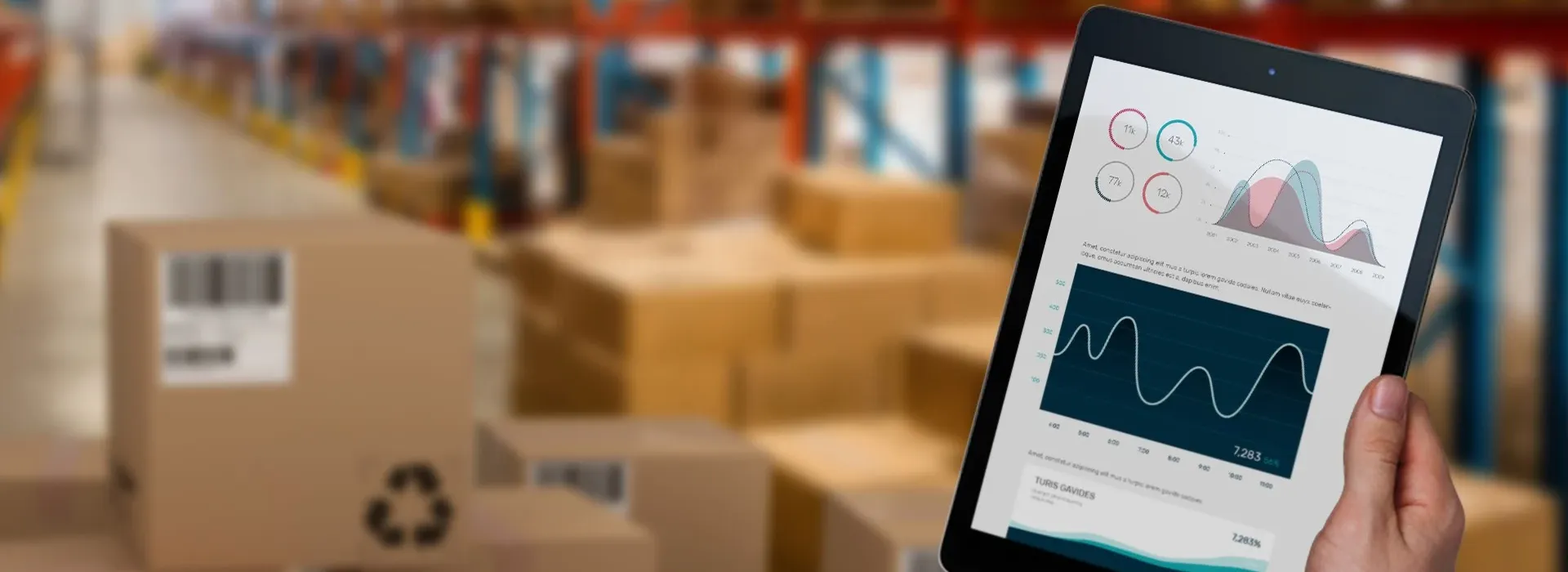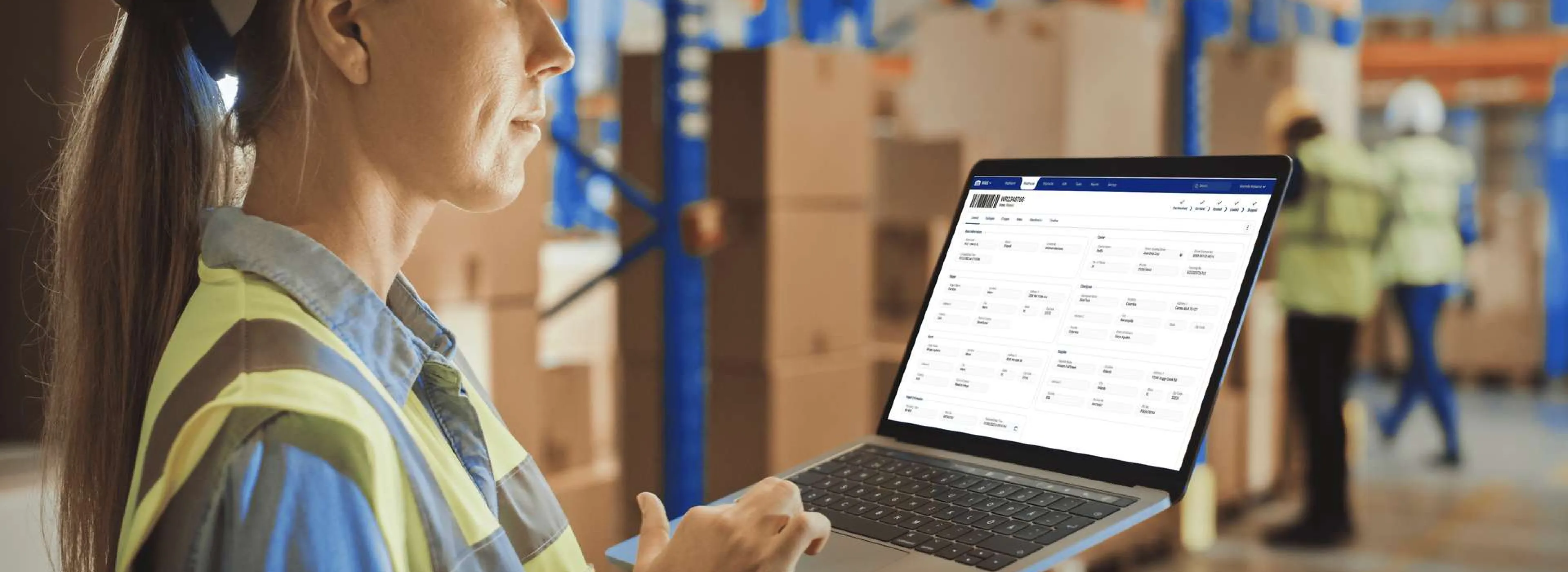A gamut of challenges, such as omnichannel sales, seasonal demand fluctuation, overstocking, out-of-stock situations, back orders, order returns, and the constant striving for ever-shorter lead times create pressure for better warehouse processes and operations management. As a result, many warehouses have adopted predictive analytics in warehouse management, and many more are willing to adopt it.
This is helping them not only to predict future situations and requirements but also to improve warehouse operations.
Download Free Guide: 7 Technologies That Will Change the Warehouse
This article sheds light on predictive analytics as a technology and how it can be useful for the warehousing industry. It also presents insights into where this warehouse technology solution stands as far as the modern warehousing industry is concerned. Last, we agree on whether it’s time to adopt it already.
What is Predictive Analytics?
Predictive Analytics is an offshoot of advanced analytics. As the name suggests, it predicts future events and situations. It uses several techniques from fields such as statistics, data mining, artificial intelligence, machine learning, data modeling, etc., to make predictions based on data at hand (historical and current).
Applying these techniques creates models through predictive algorithms to give you a number that marks the probability of future events. It helps you gauge impending risks and recognize opportunities in the near and far future. It is through this technology that big data can be deciphered and used in the most appropriate manner possible.
Did you know:
70% of all data is created by individuals, but it’s business that store and manage 80% of that data.
Summarized below is the process that predictive analytics follows:
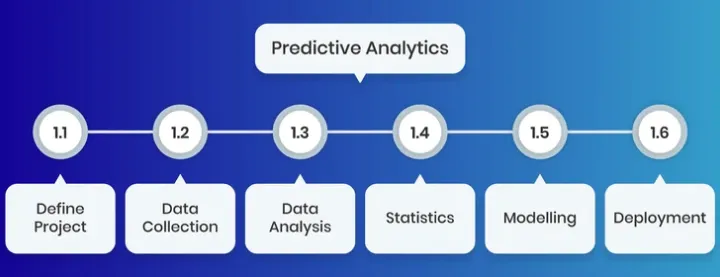
The Value of Predictive Analytics in Warehouse Management
Today, predictive analytics software is capable of taking digital data across the entire supply chain network, analyzing it, and predicting consumer behavior and demand for products, as well as the risks and opportunities in the future.
For example, based on the data from the past holiday seasons and the consumer behavior during the same, analytics tools can forecast the expected demand for each sort of product for the next holiday season and determine your safety level stock for the same.
Here are some of the things that you can do with predictive analytics:
- Demand Prediction: This lets you predict demand across multiple channels based on consumer behavior and past demand patterns, especially in the case of seasonal demand. The overwhelming volume of data generated in warehouses today can be used very well by forecasting analytics to help predict demand.
- Inventory Optimization: Predictive analytics tools are now helping avert out-of-stock situations and overstocking by forecasting future demand for stock. Understanding consumer buying patterns helps you maintain safe stock levels and make better inventory management decisions.
- Data Customization/Refinement: Data analytics lets you explore and correlate data in ways that were nearly impossible before. By pulling data from different sources (e.g., financials, operations, seasonal demand) and applying data analytics and modeling to this universe of information, companies can have a comprehensive approach to making better business decisions.
- Improved Customer Service: Predictability of demand, stock, and warehouse operations based on consumer behavior leads to better management and, hence, better customer service.
Where is Predictive Analytics Now?
To assess if this is the right time to adopt a technology such as predictive analytics in warehouse management, we use three frameworks (the S-Curve of Innovation, the Technology Adoption Life Cycle, and the Hype Cycle), which help us weigh risks and opportunities.
Below are our assessments and opinions:
The S-Curve of Innovation Diffusion
We believe that predictive analytics in warehouse management has crossed the Takeoff Stage and is heading towards maturity. This also means that innovation is at its highest as of now. Evidently, an increasing number of warehouses are drawing maximum benefit from it.
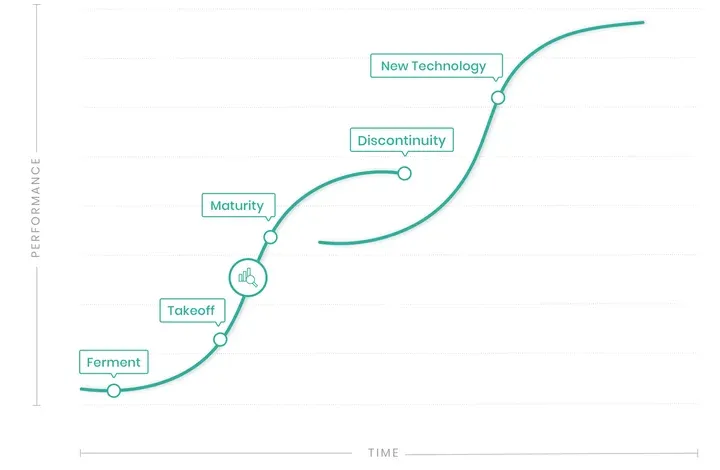
Supported by machine learning and predictive analytics, companies are joining the race. Soon analytics software will be a staple in warehouses.
The Innovation Adoption Life Cycle
As analytics tools move ahead of the Takeoff Stage on the S-curve and cross the chasm on the bell curve, we believe that they will be readily adopted by an Early Majority before they become mainstream in a matter of 1-2 years.
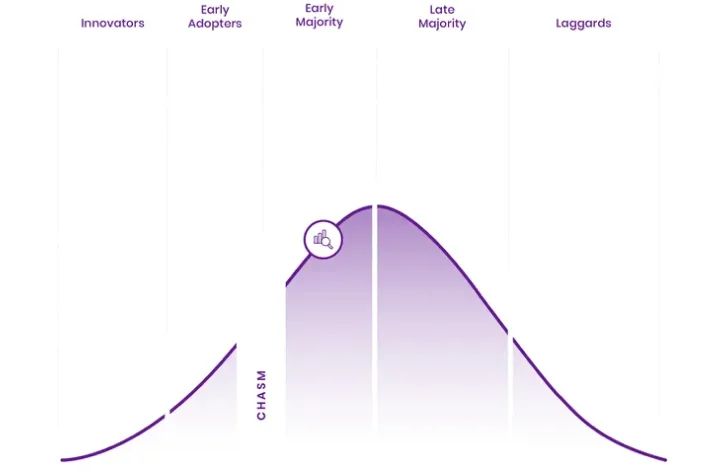
The 2019 MHI Industry Report supports that 30% of its respondents are using predictive analytics at the moment.
However,
Around 59% managers believe in the disruptive power of Predictive Analytics.
The Hype Cycle
The 2019 Hype Cycle for Data Science from Gartner is positioned at the Trough of Disillusionment. This position means that flaws, failures, and benefits of the technology are being discovered to prepare it for real business scenarios. Gartner suggests that this technology will reach the Plateau of Productivity in 2-5 years.
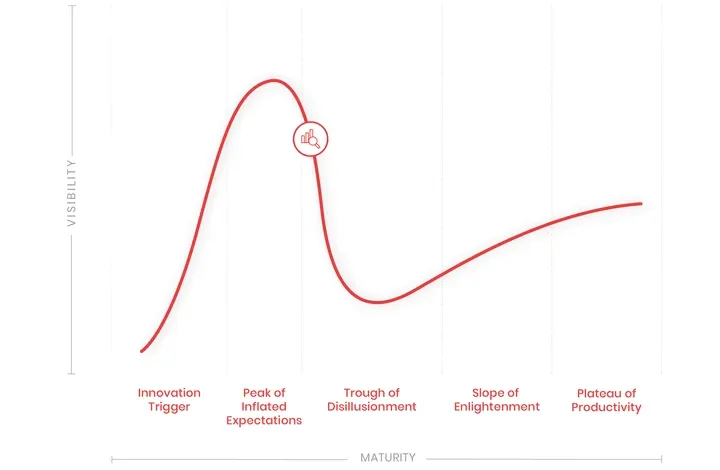
Its position on the Hype Cycle implies that the hype about the technology is declining, but as soon as the benefits are thoroughly defined, it can become a standard for the warehouse industry.
In an unstable economic scenario, the power to predict and forecast demand and consumer behavior is not only important but also necessary. As the industry moves towards warehouse digitalization, the collection and analysis of large volumes of data alone can only overwhelm you and still leave you in a lurch.
Predictive analytics is equipped to effectively manage and analyze large data sets and help warehouse and distribution center managers make fairly accurate predictions about the future.
If you are unsure about this technology, we advise you to explore and learn more about its benefits for warehouse and distribution center operations. Immensely promising as it is, considering its adoption is worth a try.
For more information about warehouse technologies and optimizing other warehouse processes, you can follow us on LinkedIn, YouTube, X, or Facebook. If you have other inquiries or suggestions, please contact us here. We’ll be happy to hear from you.
